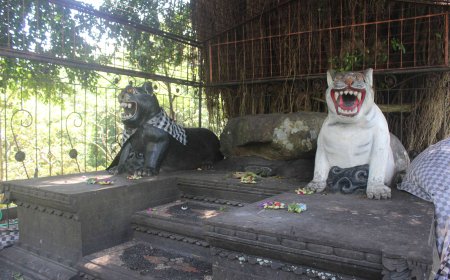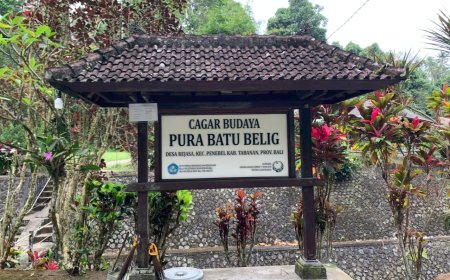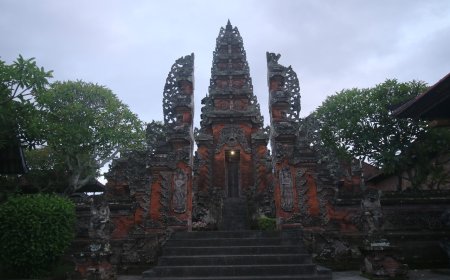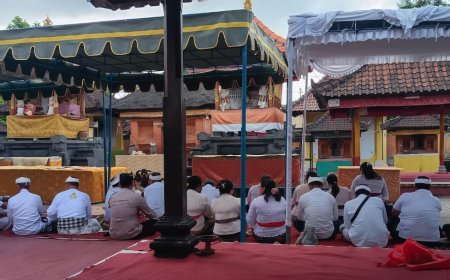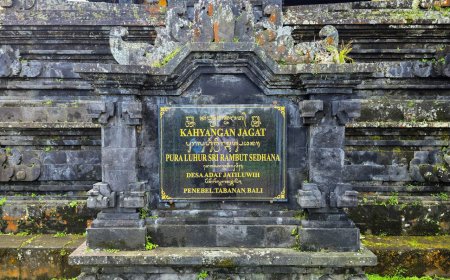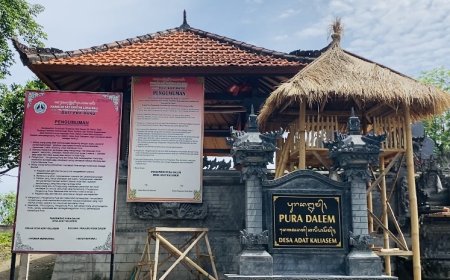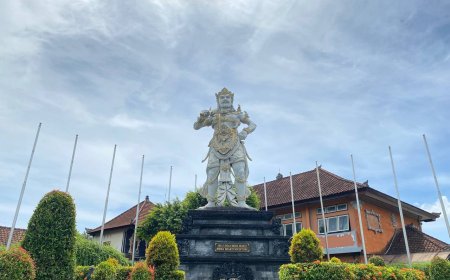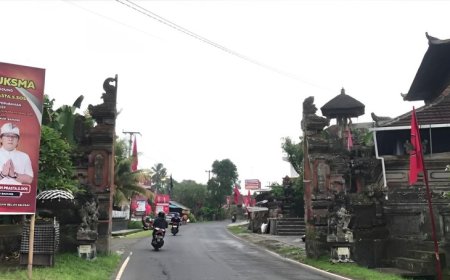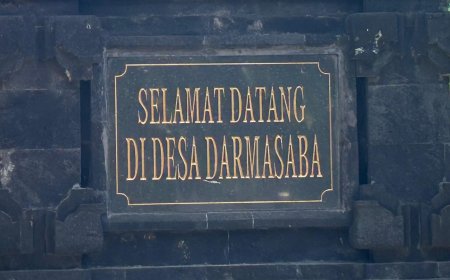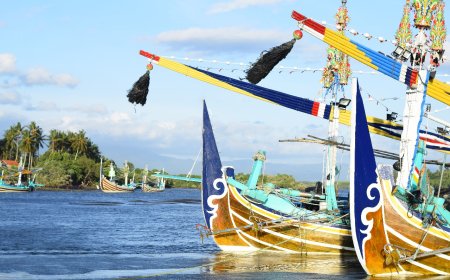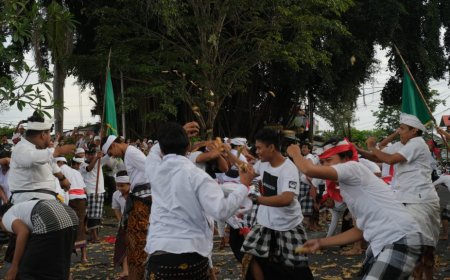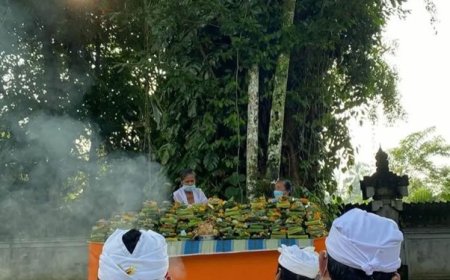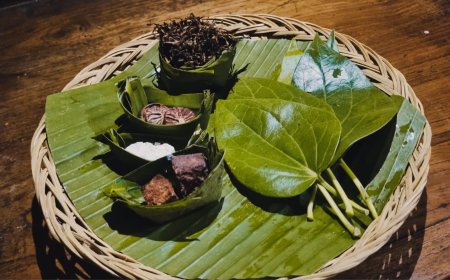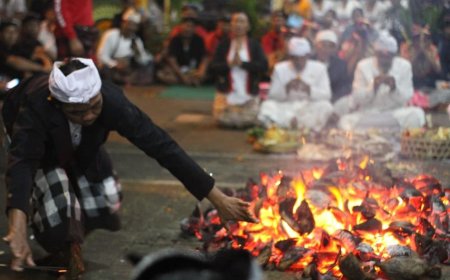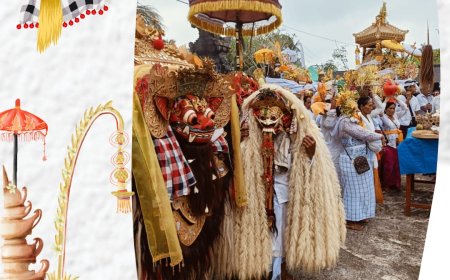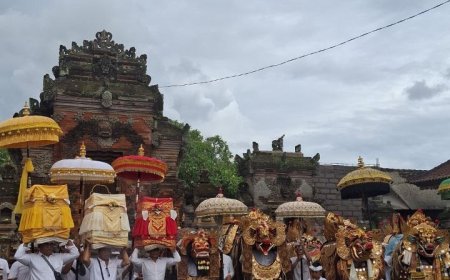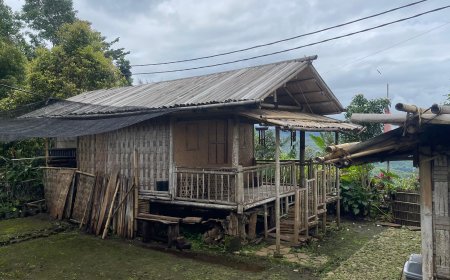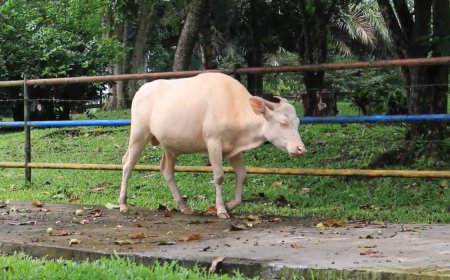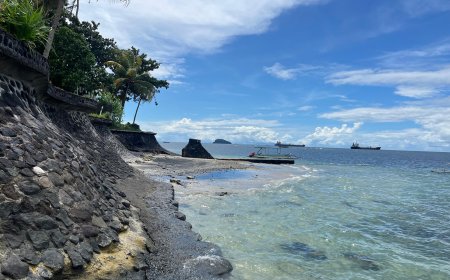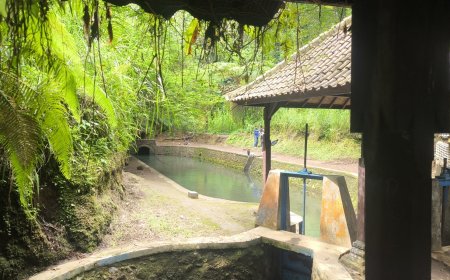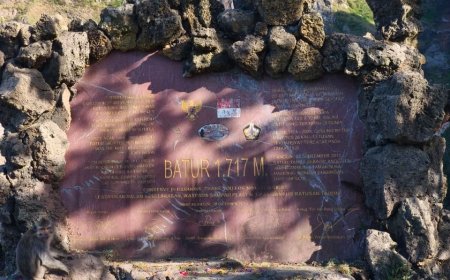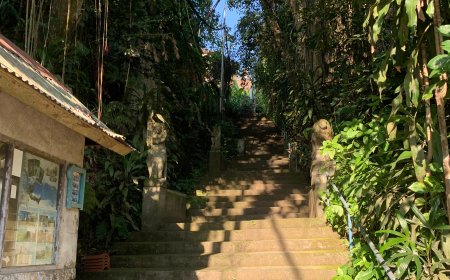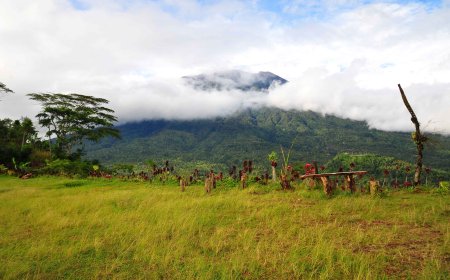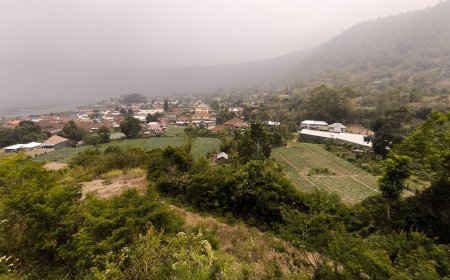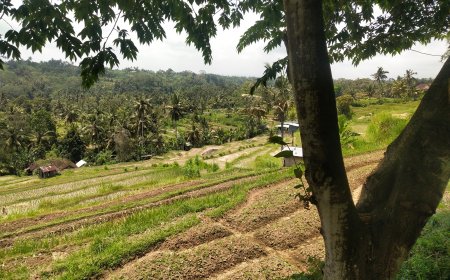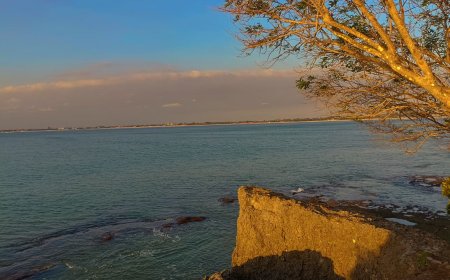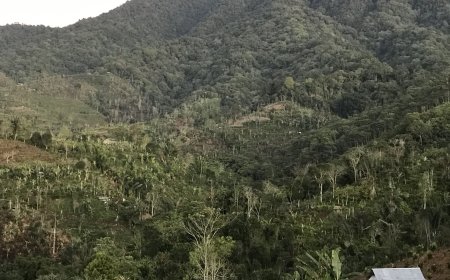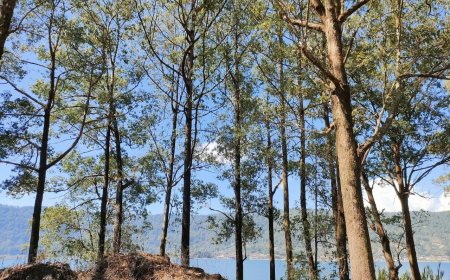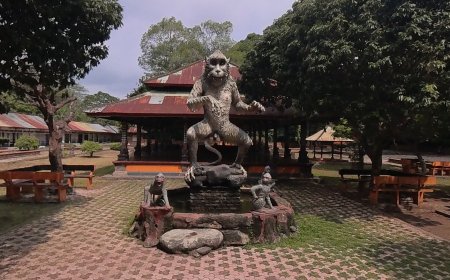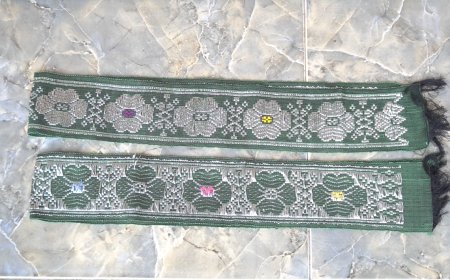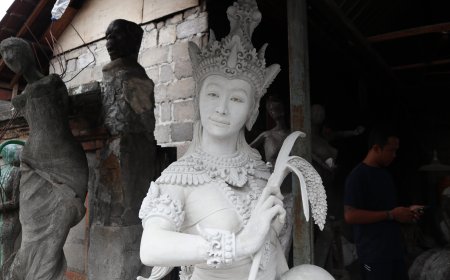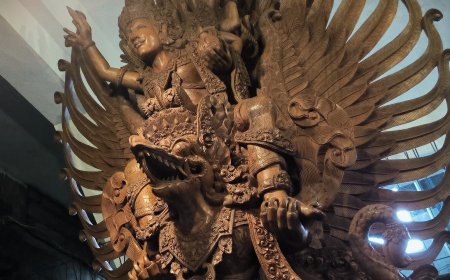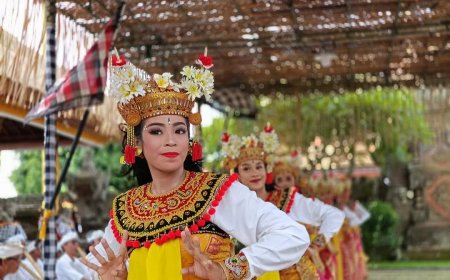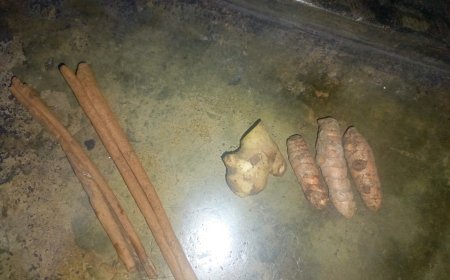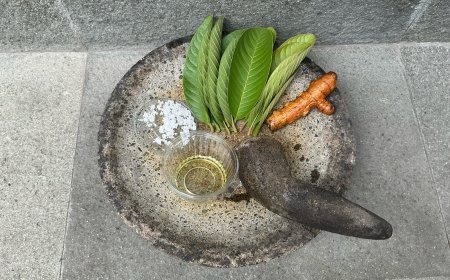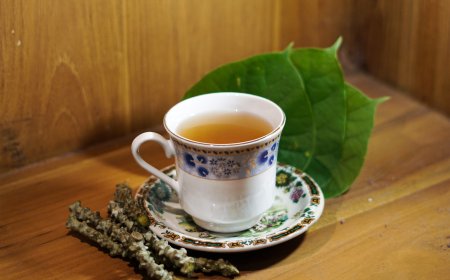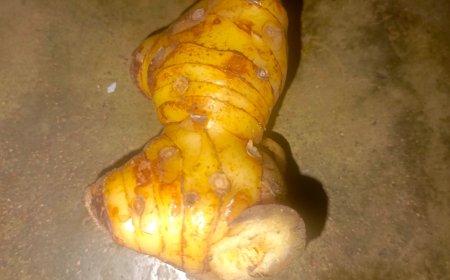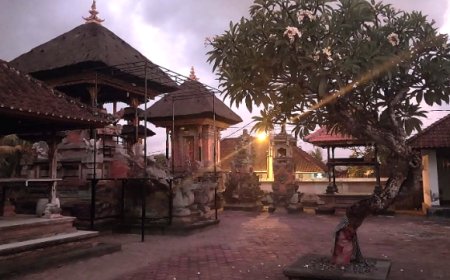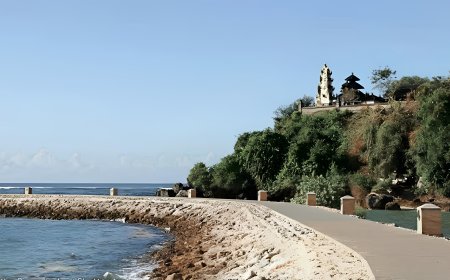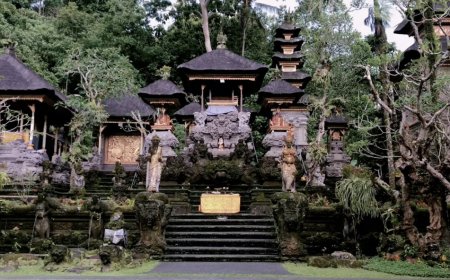Pura Luhur Sri Rambut Sedana: Ancient Kepeng Coins as a Sacred Symbol of Prosperity
Pura Luhur Sri Rambut Sedana in Jatiluwih, Tabanan, was built in the 18th century to honor Dewa Rambut Sedana, the deity of wealth and prosperity. In the 19th century, thousands of ancient coins were discovered within the temple, a finding that strengthened its sacred status. These coins, still used in rituals today, symbolize sacred wealth that goes beyond material possessions to embrace balance in life, spirituality, and harmony with nature. The temple not only serves as a spiritual hub but also adds depth to Jatiluwih’s recognition as a UNESCO World Heritage site, reminding present and future generations of the enduring importance of tradition.
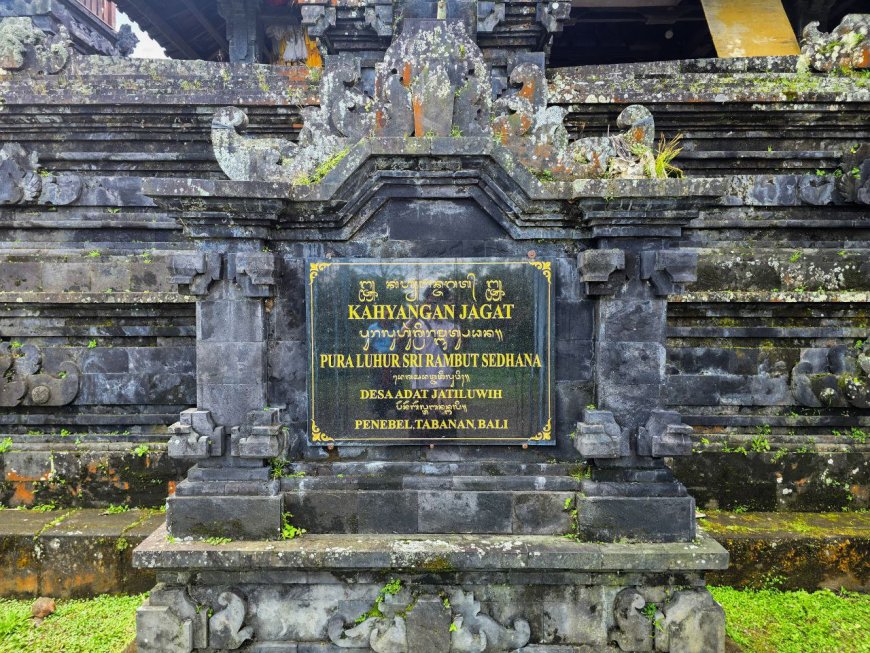
The history of Pura Luhur Sri Rambut Sedana is the key to understanding the meaning behind the thousands of ancient Chinese coins (kepeng) found within its grounds. This temple was established in the 18th century in Jatiluwih, Tabanan, an area long renowned for its subak irrigation system and stunning terraced rice fields. The temple was built to honor Dewa Rambut Sedana, revered as the deity of wealth and prosperity. In Balinese Hindu belief, Rambut Sedana is often associated with the aspect of Vishnu, the preserver of life, who safeguards abundance and harmony. Since its founding, the temple has stood as a spiritual center for agrarian communities that rely heavily on fertile land, abundant water, and a balanced relationship with nature.
The historical context of its construction reflects how Balinese society has always emphasized the balance between spirituality and material well-being. During the 18th century, Jatiluwih flourished as a rice-producing region with a well-organized subak system. The establishment of Pura Luhur Sri Rambut Sedana at that time symbolized reverence to divine power believed to sustain prosperity. Thus, the temple functioned not only as a place of worship but also as a cultural marker linking agricultural fertility, social welfare, and spiritual devotion.
Pura Luhur Sri Rambut Sedana (Source: Personal Collection)
The discovery of thousands of ancient coins in the 19th century made this temple stand out among others. According to local accounts, the coins were found after the temple had been built, making the discovery far more than an archaeological event. It was perceived as a sacred sign affirming the temple’s role as a shrine to the god of wealth. Many locals regard the coins as ancestral heritage, reinforcing the temple’s position as a place where prosperity in both material and spiritual forms is nurtured.
The role of coins in Balinese culture has a long and significant history. For centuries, they served as currency, ceremonial offerings, and symbols of purity in various yadnya rituals. At Pura Luhur Sri Rambut Sedana, however, the coins carry an even deeper meaning. They act as a bridge between humans and Dewa Rambut Sedana. Each coin offered is believed to embody prayers for abundant harvests, fertile rice fields, and the well-being of families. This practice has sustained the living presence of the coins in temple rituals up to this day.
Pura Luhur Sri Rambut Sedana (Source: Personal Collection)
The preservation of ancient coins is carried out with deep reverence by temple priests (pemangku) and the customary community of Jatiluwih. The coins are carefully stored and reused during major ceremonies such as piodalan. In every banten (offering), the presence of coins is considered indispensable. Even in modern times, the belief remains strong that without coins, a ritual is incomplete. This demonstrates that the coins are not merely archaeological relics but vital cultural elements that ensure the continuity of Balinese rituals while reinforcing the bond between humans, nature, and the divine.
The symbolic meaning of the coins resonates deeply within Balinese philosophy. Wealth is not seen solely in terms of material possessions but as the holistic balance of life. The coins represent sacred wealth—encompassing fertile lands, harmonious families, and both physical and spiritual safety. This makes Pura Luhur Sri Rambut Sedana unique, as its coins are not just collected objects but living spiritual legacies, continuously passed down and respected across generations.
In today’s context, the tradition of honoring the coins reflects the resilience of Balinese culture amidst modernization. The coins serve as a reminder to younger generations that modern progress should not erase cultural identity. Instead, they teach that true prosperity comes from maintaining balance between material gains, spiritual fulfillment, and environmental harmony.
Pura Luhur Sri Rambut Sedana (Source: Personal Collection)
The position of Pura Luhur Sri Rambut Sedana within Jatiluwih further enriches its meaning. Jatiluwih has been recognized by UNESCO as a World Heritage Site for its sustainable subak system. Visitors to the area not only marvel at the breathtaking terraced rice fields but also encounter a profound spiritual experience through the temple and its sacred coins. This makes Pura Luhur Sri Rambut Sedana a destination that unites natural beauty, cultural heritage, and spirituality in a way that highlights the richness of Bali’s identity.
